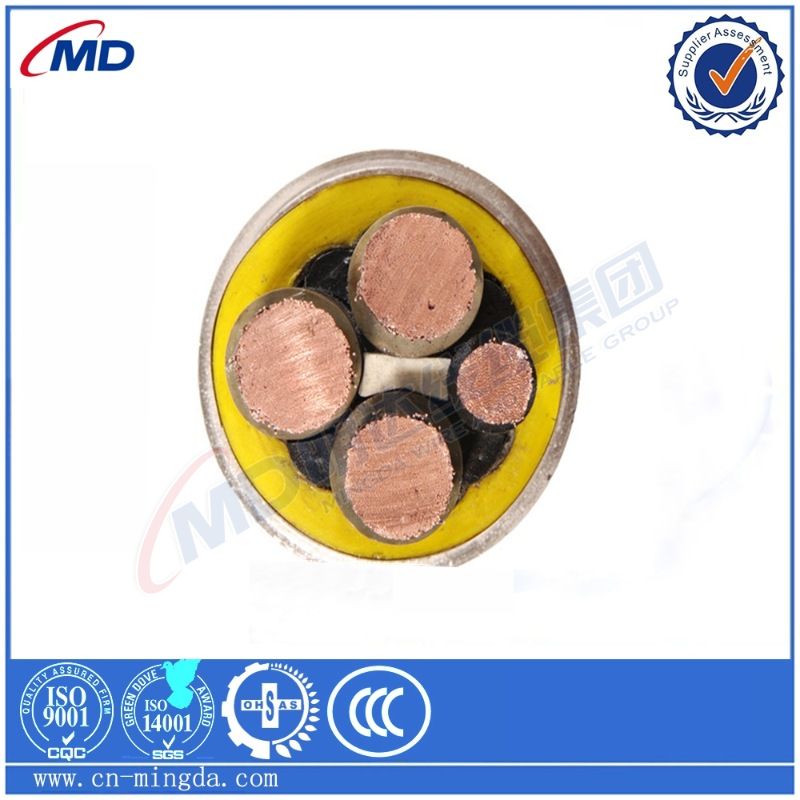វិច្ឆិកា . 27, 2024 16:54 Back to list
Optimizing Fluid Control with Pneumatic Ball Valve Technology and Applications
Understanding Pneumatic Ball Valves Functionality and Applications
Pneumatic ball valves play a crucial role in various industrial applications, offering a reliable solution for controlling the flow of gases and liquids. These valves are designed to operate using compressed air, making them ideal for situations where electrical or hydraulic systems may pose risks or face limitations. This article delves into the functionality, advantages, and applications of pneumatic ball valves, highlighting their importance in modern automation processes.
What is a Pneumatic Ball Valve?
A pneumatic ball valve consists of a spherical disc that acts as the flow control mechanism. The sphere has a hole (port) through its center, and when the valve is open, the hole aligns with the flow direction, allowing materials to pass through. When the valve is closed, the rotation of the ball by 90 degrees prevents the flow entirely. Pneumatic ball valves are typically operated by an actuator, which can quickly and efficiently adjust the valve's position in response to control signals.
Functionality and Design
The core components of a pneumatic ball valve include the body, the ball, the stem, seals, and the actuator. Compressed air is used to move the actuator, which in turn rotates the ball within the valve body. This design allows for rapid opening and closing, providing precise control over the flow rate. Many pneumatic ball valves are designed to provide a tight seal when closed, which helps prevent leaks and loss of pressure.
The actuator can be either a double-acting type, which requires air supply for both opening and closing, or a spring-return type, which returns to the closed position when the air supply is cut off. The choice of actuator will depend on the specific requirements of the application and the fail-safe conditions desired.
Advantages of Pneumatic Ball Valves
1. Speed and Efficiency Pneumatic ball valves can open or close within seconds, enabling quick responses to system demands. This rapid operation can help optimize production processes and reduce downtime.
2. Simplicity and Reliability Their simple design means fewer moving parts, which reduces the likelihood of mechanical failure. Additionally, they can operate efficiently in various environmental conditions, including extreme temperatures.
3. Minimal Maintenance With fewer parts subject to wear and tear, pneumatic ball valves require less maintenance compared to more complex valve types, ultimately lowering operational costs.
pneumatic ball valve

4. Versatility These valves can handle a wide range of fluids—whether gases or liquids—and can be used in various industries, from food processing to chemical manufacturing.
5. Safety Features Pneumatic actuators can be designed to fail safely, ensuring that systems shut down in a predictable manner during power loss, which is critical in hazardous environments.
Applications of Pneumatic Ball Valves
Pneumatic ball valves find applications across diverse sectors
- Oil and Gas Industry They are used for controlling the flow of crude oil, natural gas, and other related fluids in pipelines, ensuring efficient transportation and processing.
- Automated Manufacturing In assembly lines where pneumatic systems are prevalent, these valves manage the flow of air or other gases, ensuring that machinery operates smoothly.
- Water Treatment Facilities They help regulate water flow and treatment chemicals, playing a vital role in maintaining water quality and compliance with environmental standards.
- HVAC Systems Pneumatic ball valves manage airflow and temperature control in heating, ventilation, and air conditioning systems, enhancing energy efficiency and comfort.
Conclusion
Pneumatic ball valves are indispensable in today’s automated environments, offering reliability, speed, and efficiency in fluid control. Understanding their functionality and advantages enables industries to optimize processes, enhance safety, and reduce maintenance costs. As automation continues to expand across sectors, the role of pneumatic ball valves will likely grow ever more pivotal in pushing the boundaries of efficiency and effectiveness in fluid management systems. Their unique features make them a preferred choice for engineers and operators aiming to achieve superior control and reliability in their applications.
Share
-
Advanced Technology in Wire and Cable FactoryNewsAug.19,2025
-
Applications of Ball Check Valve in Water Treatment PlantsNewsAug.19,2025
-
How Osy Gate Valve Ensures Leak - Tight SealingNewsAug.19,2025
-
Selection Criteria for Wafer Type Butterfly ValveNewsAug.19,2025
-
Threaded Ball Valve Pressure RatingsNewsAug.19,2025
-
Y Strainer PN16 Cost - Effectiveness AnalysisNewsAug.19,2025


